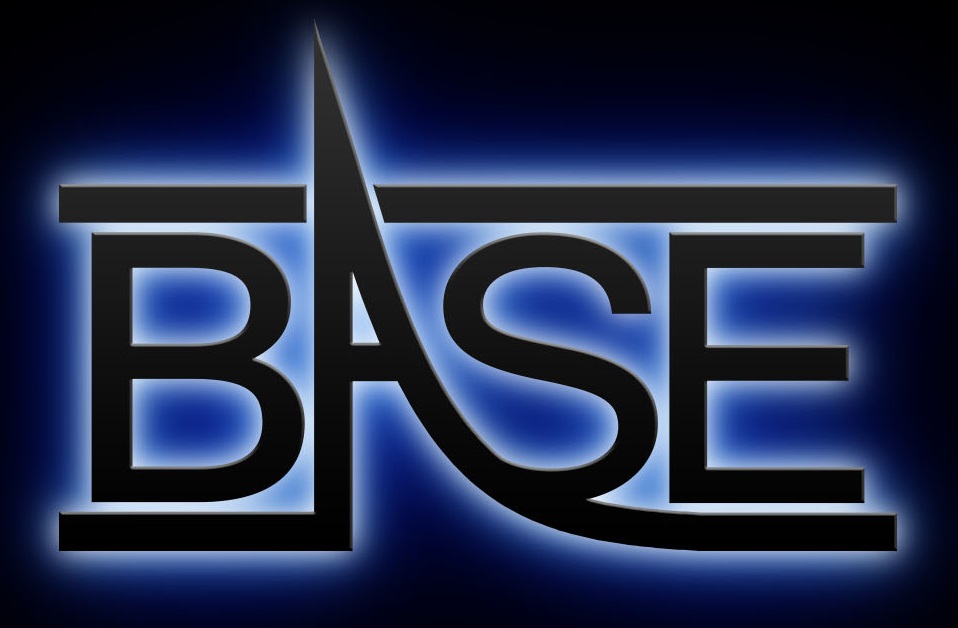In a paper published today in Nature we report the high-precision comparison of the antiproton-to-proton charge to mass ratio. In our measurements we compared the cyclotron frequencies of antiprotons to that of negatively charged hydrogen ions, which are used as a proxy for the proton. We achieved a fractional precision of 69 parts in a trillion, which corresponds in our magnetic field of 1.95 Tesla to an absolute energy resolution of 2mHz. Our result is consistent with CPT invariance.
We profited from ideas developed by the TRAP collaboration, which applied a comparable scheme already in the late 1990ies. In BASE, however, we established techniques which allow us to perform a single ratio comparison within only 4 minutes, which is much faster than in previous experiments. This enabled us to perform about 6500 ratio comparisons. The high sampling rate allowed us to study diurnal ratio-variations with high temporal resolution.
The Standard Model of particle physics – the theory that best describes particles and their fundamental interactions – is known to be incomplete, inspiring various searches for “new physics” that goes beyond the model. These include tests that compare the basic characteristics of matter particles with those of their antimatter counterparts. While matter and antimatter particles can differ, for example, in the way they decay (a difference often referred to as violation of CP symmetry), other fundamental properties, such as the absolute value of their electric charges and masses, are predicted to be exactly equal. Any difference – however small — between the charge-to-mass ratio of protons and antiprotons would break a fundamental law known as CPT symmetry. This symmetry reflects well-established properties of space and time and of quantum mechanics, so such a difference would constitute a dramatic challenge not only to the Standard Model, but also to the basic theoretical framework of particle physics.

